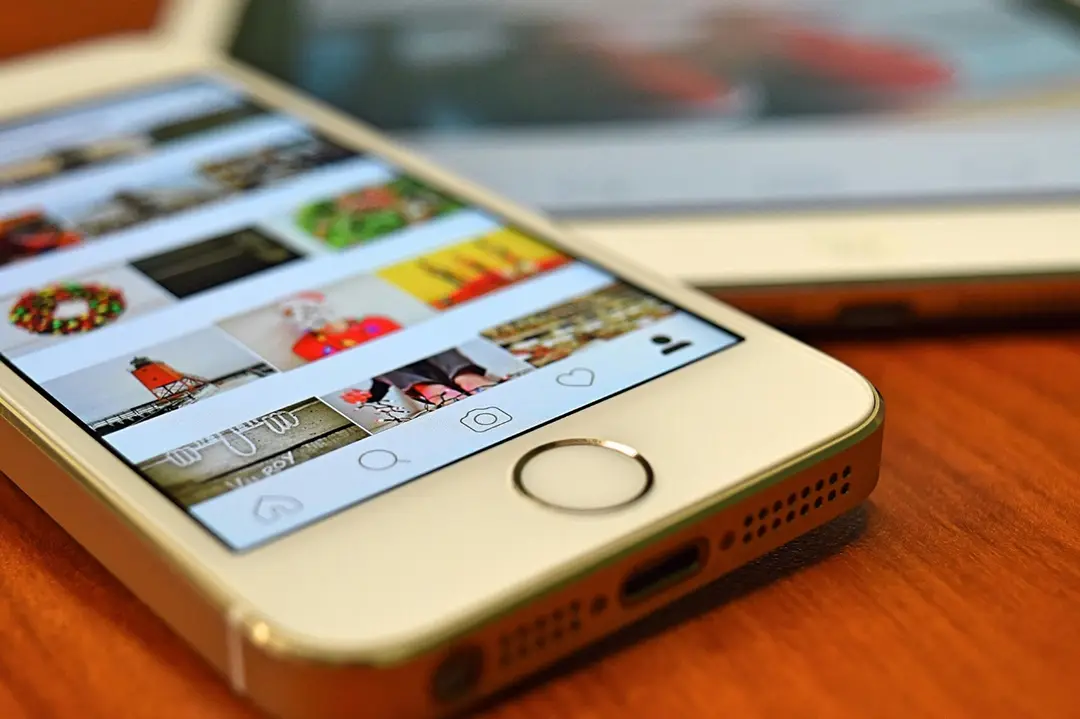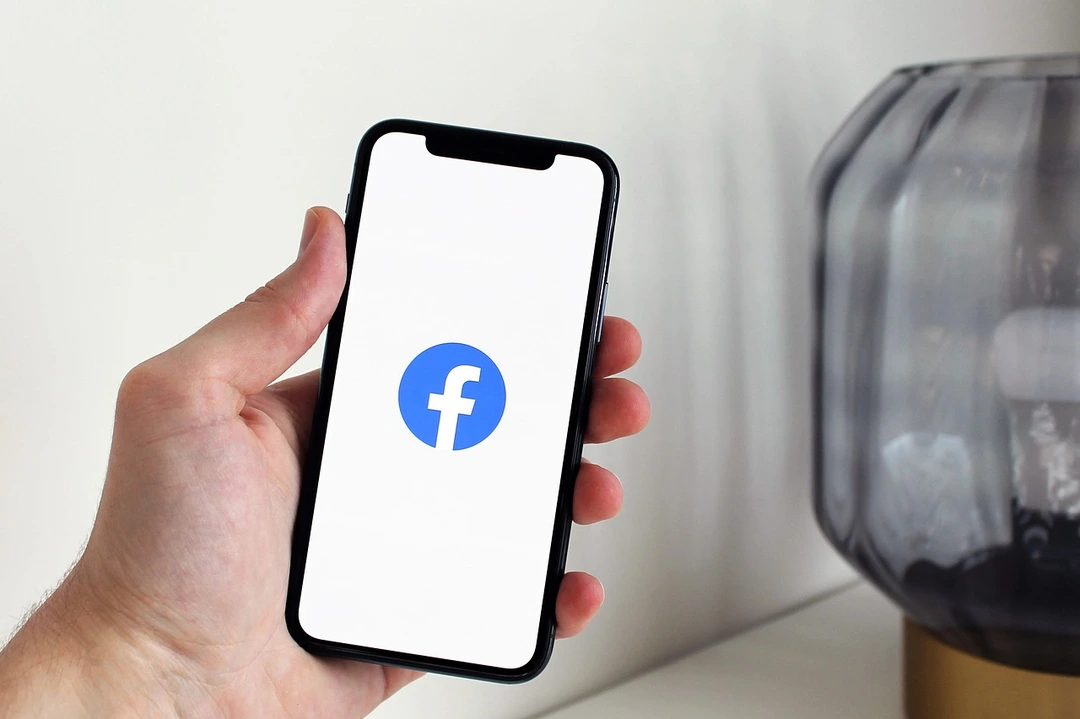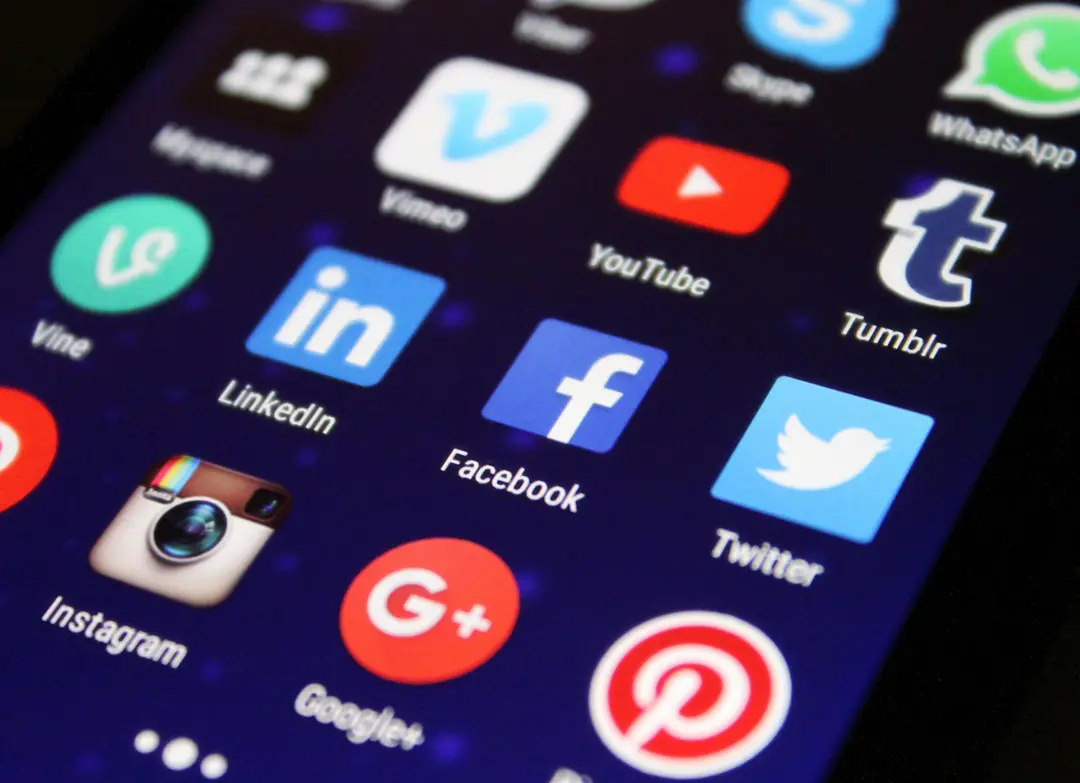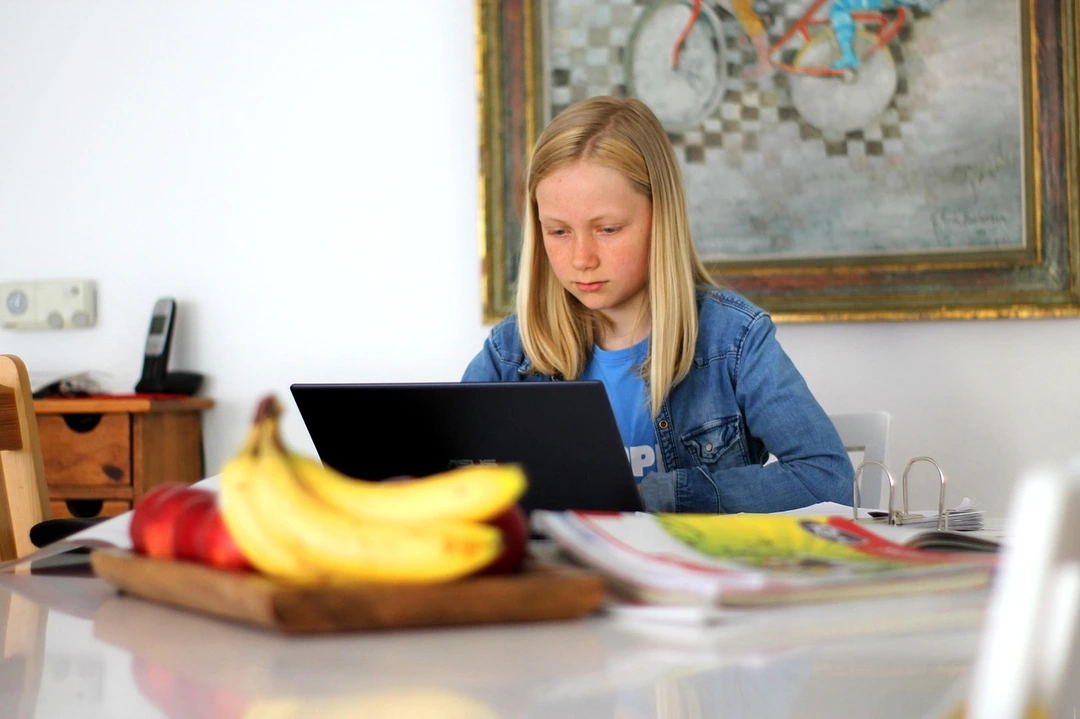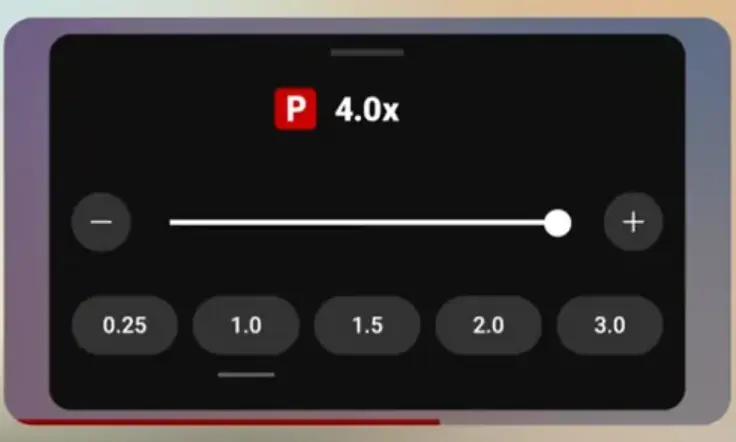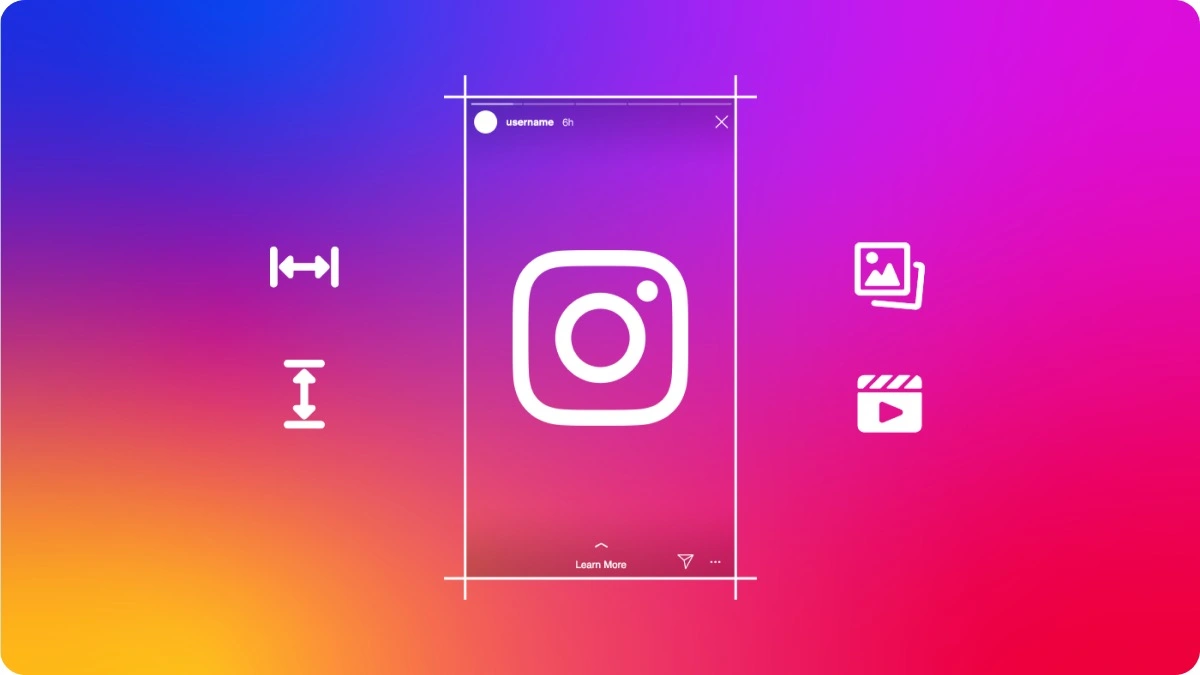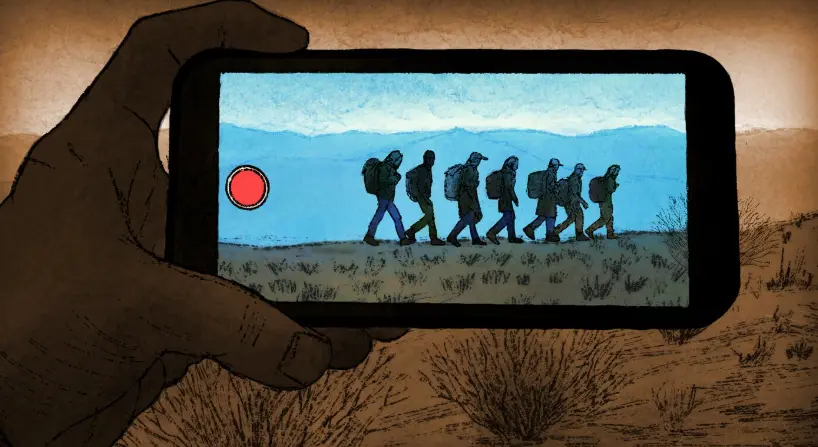Instagram vs. Reality: How the Pandemic Redefined Social Media and Mental Health
The COVID-19 pandemic irrevocably transformed the way we interact with the world, both online and offline. Social media platforms like Instagram became a lifeline during lockdowns, connecting users, facilitating communication, and offering escapism from an uncertain reality. However, as the pandemic reshaped the dynamics of digital interaction, it also unveiled stark contrasts between the curated online personas and the struggles faced behind the screens. This collision of “Instagram vs. Reality” highlighted the pervasive impact of social media on mental health during one of the most challenging global crises.
Social Media as a Coping Mechanism
During the height of the pandemic, social media emerged as a vital tool for connection. Platforms like Instagram, Facebook, and TikTok saw a surge in usage as individuals sought solace in virtual communities while grappling with isolation. Instagram, with its emphasis on visual storytelling, became a hub for creativity and self-expression.
Quarantine challenges, DIY projects, fitness journeys, and virtual hangouts filled users’ feeds. Many turned to Instagram to share uplifting moments, spread positivity, and foster a sense of solidarity during tough times. For some, scrolling through beautiful visuals of sunsets, home-baked bread, and cozy interiors offered a comforting escape from pandemic-related anxiety.
The Rise of “Instagram Reality Checks”
Despite its initial role as a coping mechanism, Instagram’s carefully curated content began to amplify the disparities between online portrayals and lived experiences. Filters, staged posts, and aspirational lifestyles often painted a picture of perfection that felt unattainable for many struggling through lockdowns, financial instability, and mental health challenges.
The pressure to maintain an idealized digital image was exacerbated during the pandemic. As users spent more time online, comparisons to influencers and peers became more frequent, leading to “Instagram reality checks.” These moments of realization highlighted the stark contrast between the glossy facade of social media and the unfiltered struggles of everyday life.
Escalating Mental Health Challenges
The pandemic placed unprecedented strain on mental health, and social media played a dual role in this landscape. While platforms facilitated connection and offered a sense of normalcy, they also contributed to heightened stress, anxiety, and depression.
1. Comparison Culture
Social media’s algorithm-driven feeds often prioritize posts that receive high engagement—frequently those showcasing aspirational lifestyles. For users dealing with financial hardships, job losses, or health concerns, constant exposure to “highlight reels” exacerbated feelings of inadequacy and self-doubt.
2. Unrealistic Beauty Standards
Instagram’s emphasis on visual appeal perpetuated unrealistic beauty standards, with filters and editing tools creating unattainable ideals. The pandemic saw an increase in body image issues, particularly among younger users who struggled with self-esteem while coping with changing routines and limited social interactions.
3. Fear of Missing Out (FOMO)
Even during lockdowns, the fear of missing out persisted as users witnessed others enjoying moments of joy or productivity. Virtual gatherings, fitness milestones, and creative projects posted on Instagram triggered FOMO, deepening feelings of isolation.
Shifting Dynamics: Authenticity and Vulnerability
As the pandemic persisted, a counter-narrative began to emerge—one that championed authenticity and vulnerability. Influencers and everyday users started breaking down the “Instagram vs. Reality” barrier, sharing honest accounts of their mental health struggles and embracing imperfection.
Posts about coping with anxiety, adapting to new routines, and finding small joys gained traction. Hashtags like #RealTalk and #MentalHealthAwareness encouraged users to open up about their experiences, fostering a sense of community and understanding. Instagram Live sessions and Stories became spaces for candid conversations, allowing users to connect on deeper levels.
Social Media as a Tool for Mental Health Advocacy
Recognizing the growing demand for mental health resources, social media platforms and organizations stepped up to provide support. Instagram launched initiatives aimed at promoting well-being, such as the “Guides” feature, which offered curated content on coping strategies, mindfulness, and self-care.
Mental health advocates and professionals utilized Instagram to share valuable insights, debunk myths, and provide free resources. Collaborative campaigns between influencers and nonprofits addressed topics like loneliness, resilience, and self-compassion.
Balancing Social Media and Mental Health
As the pandemic demonstrated, social media can be both a lifeline and a source of distress. Finding balance in its usage is key to fostering positive mental health outcomes. Here are some tips for navigating social media post-pandemic:
- Limit Screen Time: Setting boundaries on social media usage can help reduce comparison culture and stress. Apps like Instagram offer time management tools to track and limit daily activity.
- Curate Your Feed: Following accounts that inspire authenticity and positivity can create a healthier online environment. Unfollowing triggers of negativity or pressure is a simple yet effective step.
- Practice Mindful Usage: Reflecting on the emotions triggered by social media interactions can help users identify patterns and make conscious choices about their online presence.
- Engage in Offline Activities: Prioritizing hobbies, exercise, and real-world connections can counterbalance the reliance on digital spaces.
Conclusion
The pandemic reshaped social media as a double-edged sword—a space for connection and escapism that also amplified mental health challenges. Instagram’s juxtaposition of curated perfection and real-world struggles highlighted the complex interplay between digital personas and emotional well-being.
As society navigates the post-pandemic era, embracing authenticity and promoting mental health advocacy remain vital for fostering positive social media experiences. By learning from the lessons of 2020, individuals and platforms alike can work toward creating online spaces that inspire connection, self-expression, and resilience.
by Nicole Fullerton

